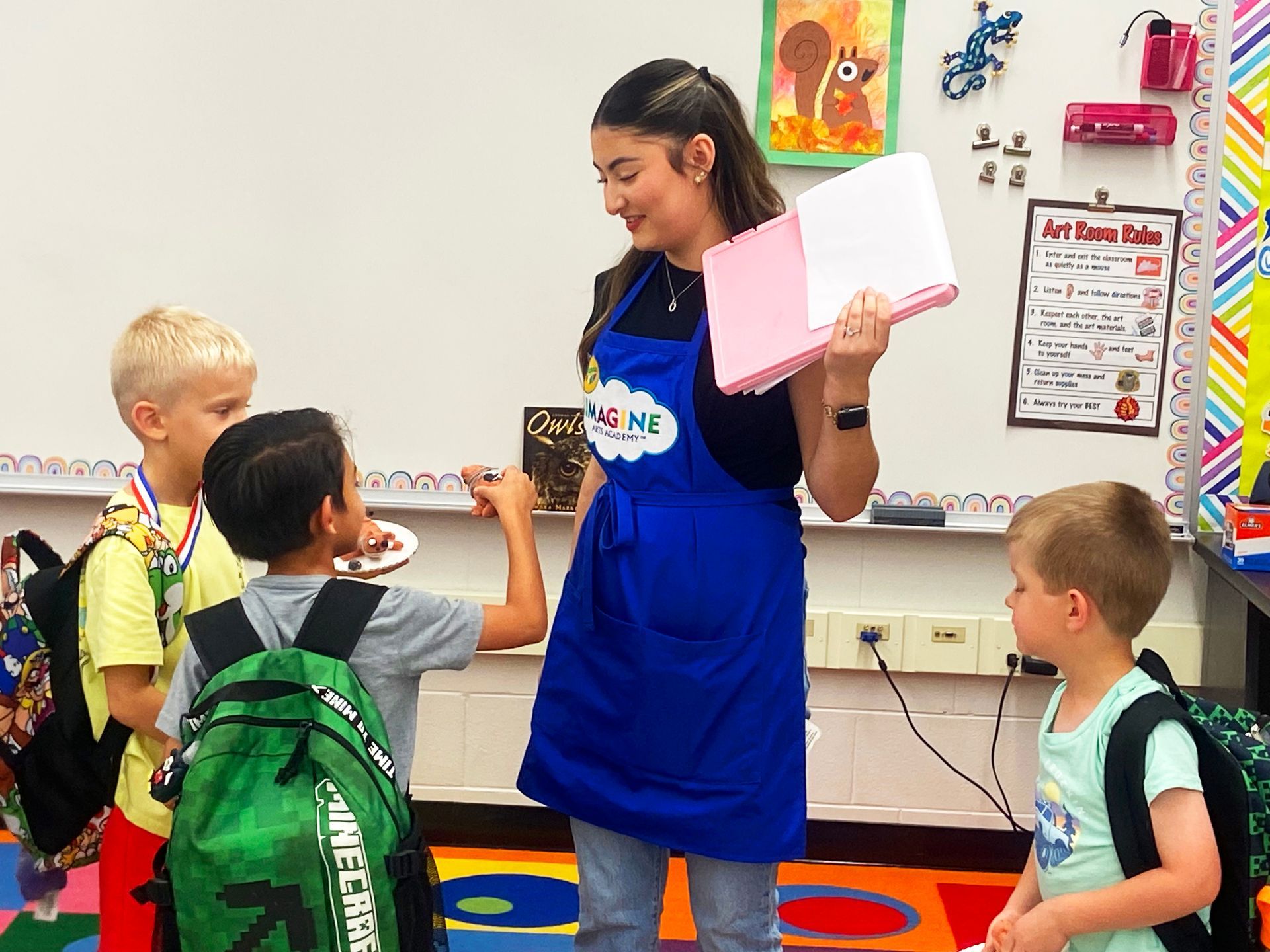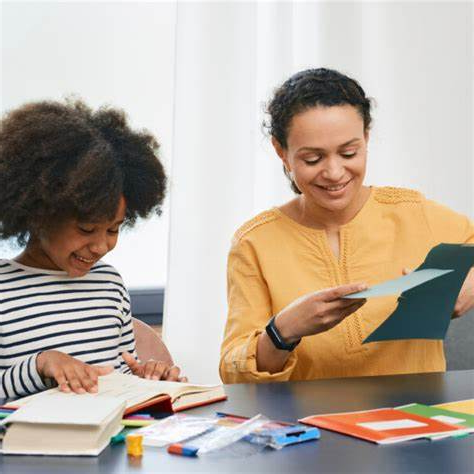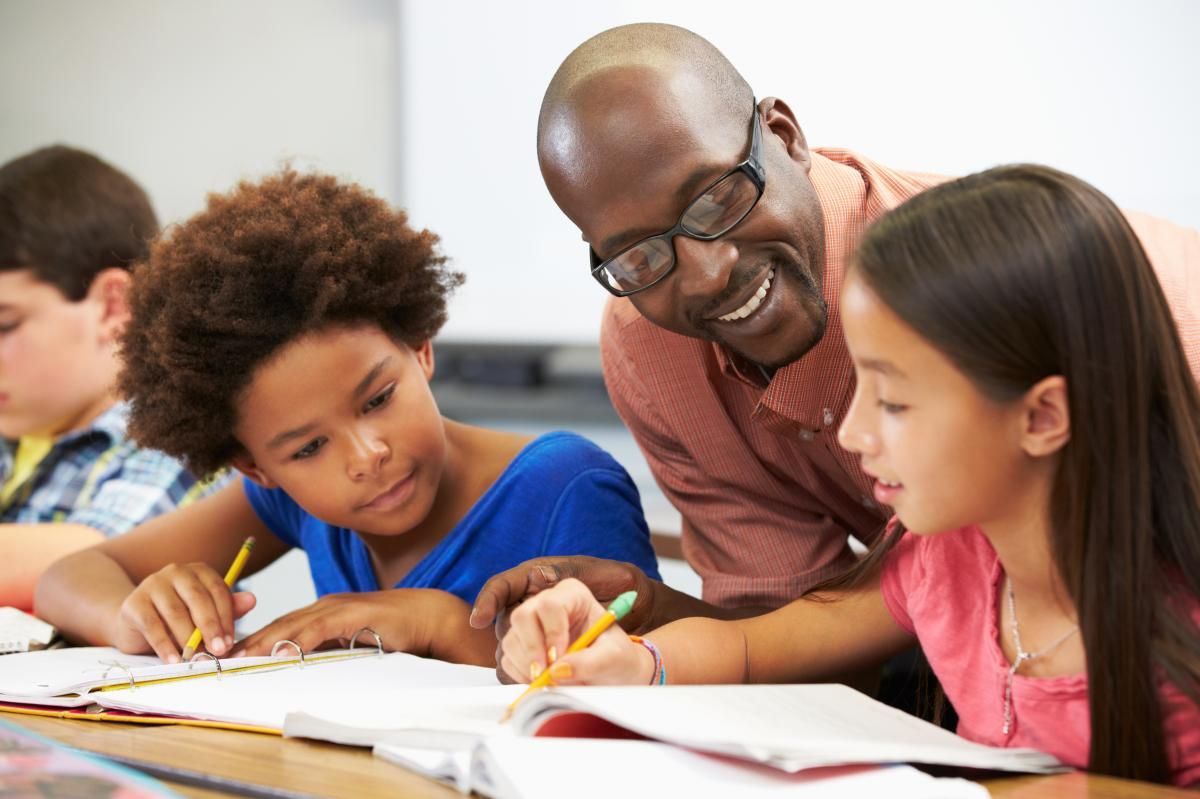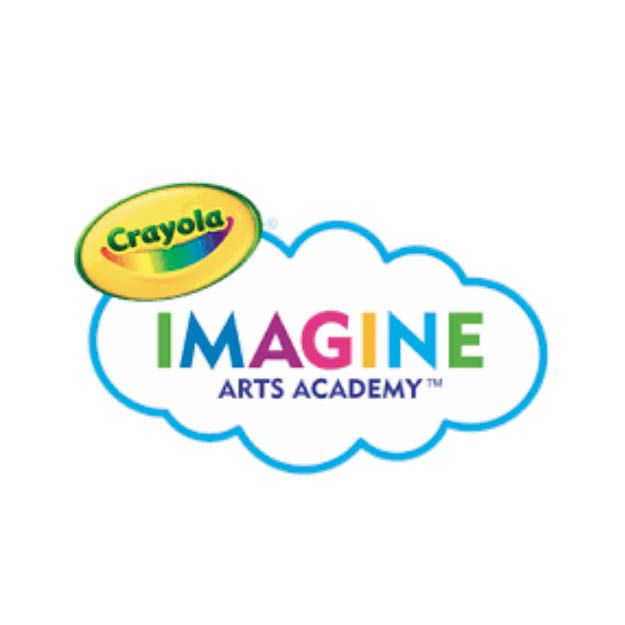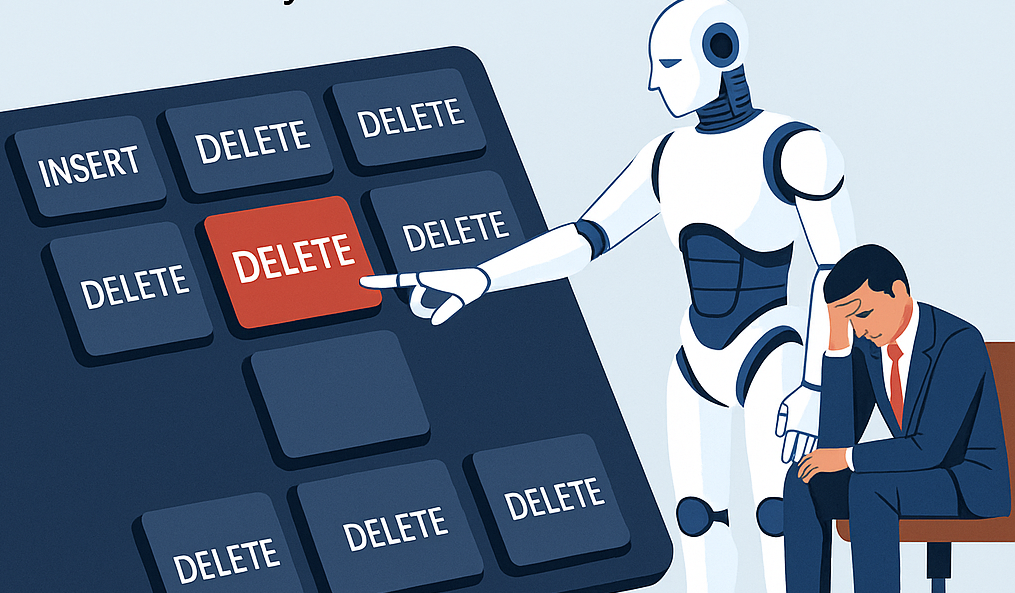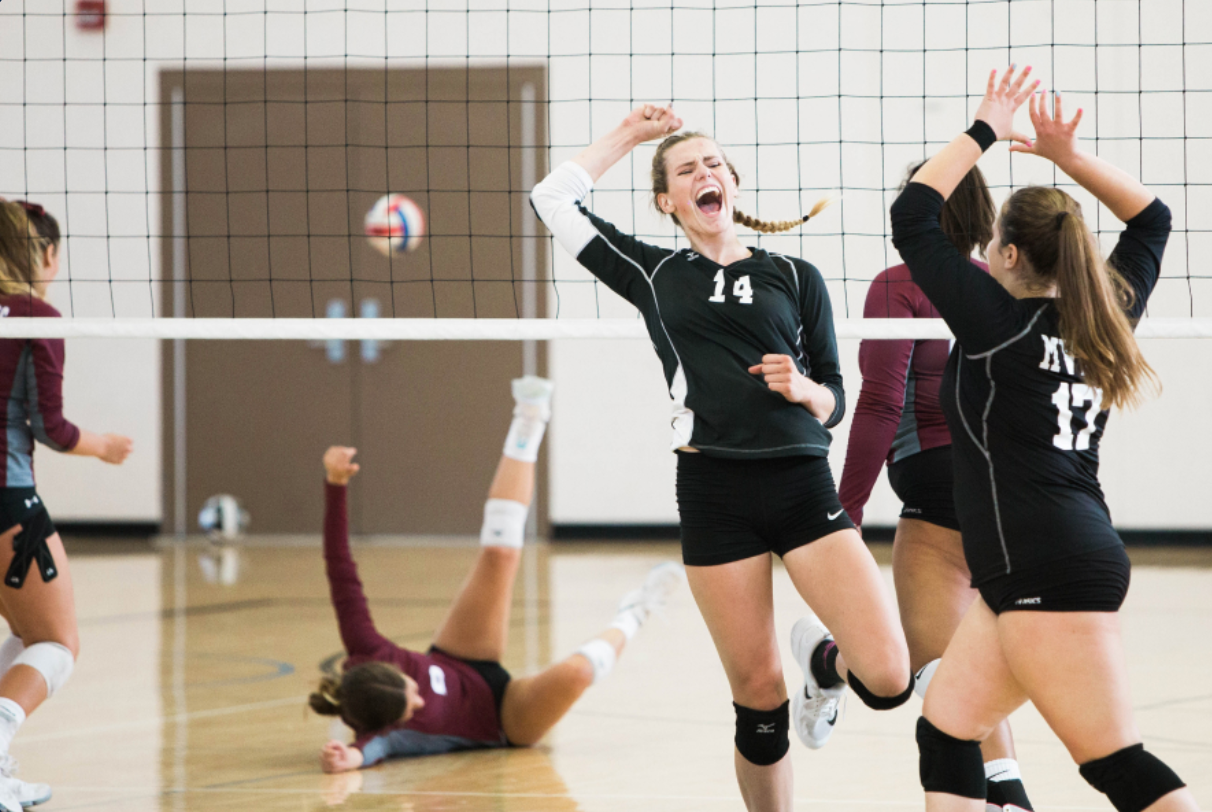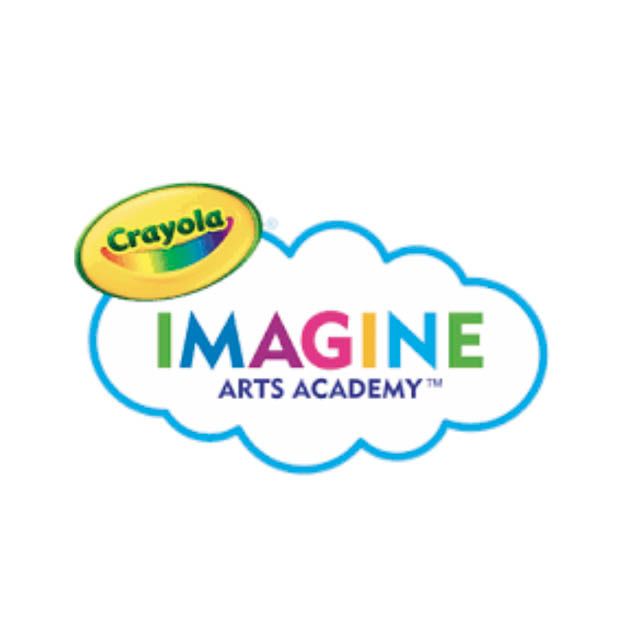Art Education, Do We Really Need It?
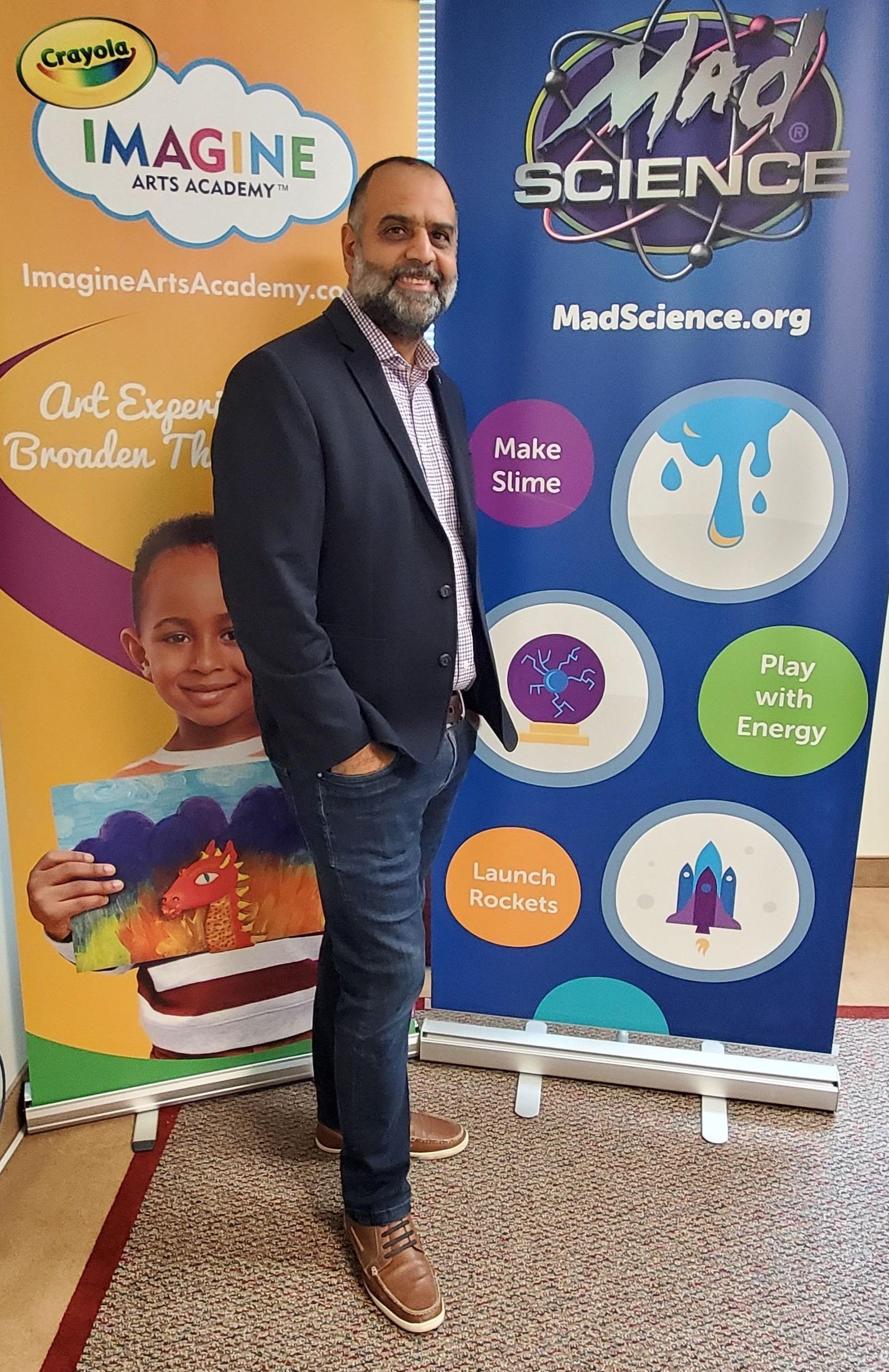

There are many reasons why teaching art to children is important, let me tell why it is critical. There is no doubt that the advent of artificial intelligence (AI) is going to change our world dramatically. We are starting to see that already. The list of professions under assault by AI appear to be growing by the day. As an attorney who spent many years in law school learning and many more years honing my skills practicing law, I can see the day when AI will replace 75-80% of what an attorney can do. Apologies to all my fellow attorneys. The same applies to doctors, accountants, authors, chef, drivers, teachers on and on and on. Don’t get me wrong I don’t think AI is evil. On the contrary I think it could bring tremendous benefits to humanity and quality of life. My focus in this article is from the perspective of a parent of three children under 18. I wonder how AI will affect them, when they are ready to join the work force. If AI ends up having a minimum impact on the workforce, then no harm no foul, there will be plenty of well-paying jobs to go around. My instincts suggest otherwise. If I am right, as a parent, what can I do now, to prepare them. What skills do they need to have to lead a fulfilling life and earn a decent living. As it turns out, the answer might be in art education.
So, what does art education bring to the table? Creativity. Art teaches children to think out of the box, to think creatively. As computers become better at performing technical skills, creative thinkers will be sought after and highly regarded. Communication and emotional expression. Art teaches children to channel, express and share their ideas and emotions. We have all heard the adage “a picture is worth a thousand words”. In a world that will continue to become crowded and where the level of ‘noise’ will keep growing, those who can clearly communicate and express their thoughts and emotions will naturally thrive. Cultural awareness & appreciation. As our world becomes smaller and smaller, the importance of understanding and relating to different cultures becomes paramount. Art teaches children about other cultures. Problem solving. This will always will be a critical skill whether its to untangle human relations or solve complex business matters. In creating art, children experiment and over come challenges and develop their problem-solving skills. Sense of accomplishment & self-esteem. Working through an art project children learn and experience the satisfaction of a job completed and the reward and pride from their creation. Whether you’re a child or an adult, the pride and confidence derived from a completed task and a job well down is very powerful. Developing this skill at an early age can only give them an advantage. Fine motor skills. Whether they are drawing, painting or sculpting children are developing their fine motor skills. As we slowly drift more and more into a digital world, the importance of developing fine motor skills is slowly falling by the way side.
AI is not evil. It has many benefits and will undoubtedly have positive impacts on humanity. That being said, if the trajectory of the development of AI continues oncourse, do we have to adjust our expectations from a career perspective and if so, how? In reflecting on some of the attributes of art education, it occurs to me that it will take a very long time for technology and specifically AI to master these attributes. Arming our children with these attributes gives them an advantage in world that will soon be dominated by artificial intelligence. Art education is not a nice to have it is a must have. Show some love to art and art educators.
ABOUT THE AUTHOR
Shafik Mina is a serial entrepreneur, President and Co-Owner of the Mad Science Group and Co-Founder of 2inspire and Crayola Imagine Arts Academy.
